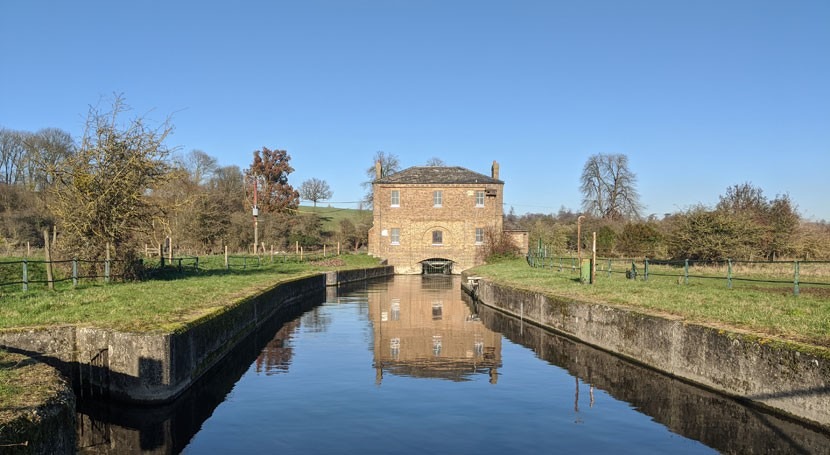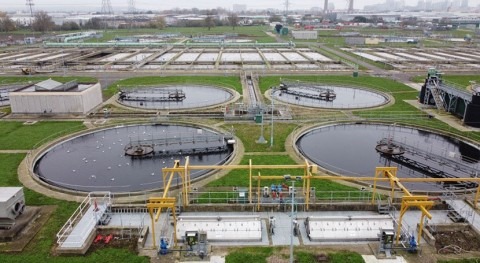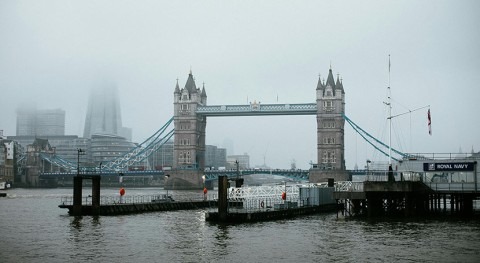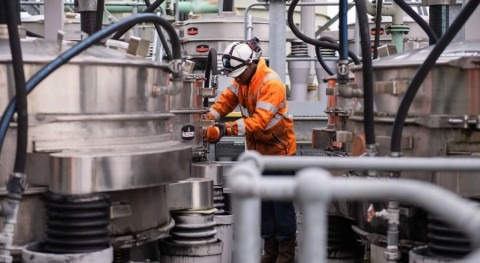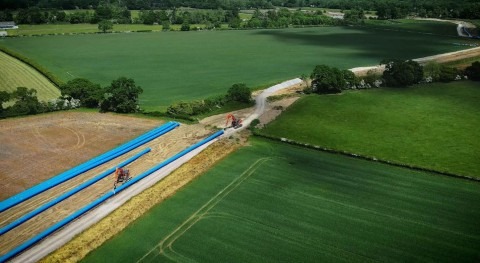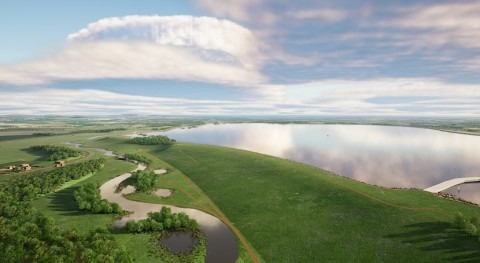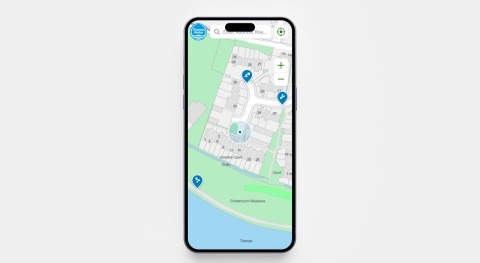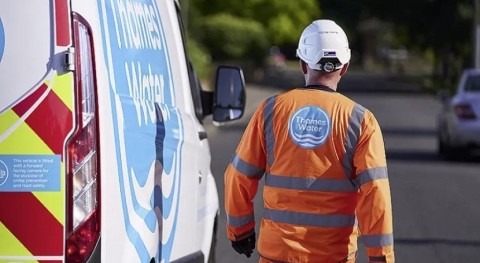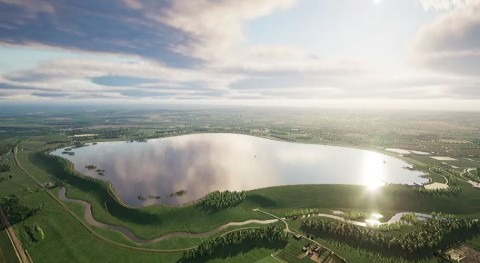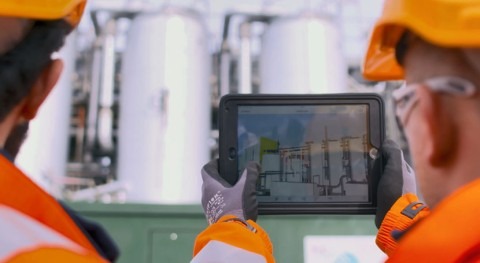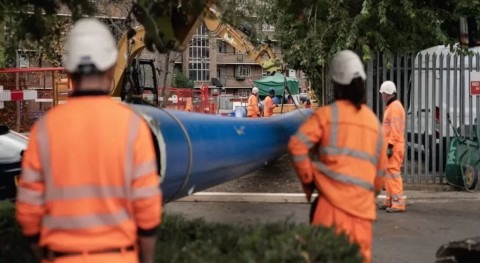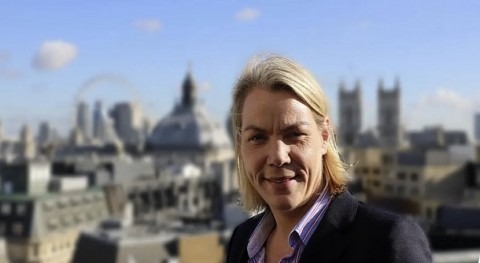The New River is neither new, nor a river.
Built when Shakespeare was alive, the aqueduct is Thames Water’s oldest manmade asset, pre-dating some of London’s more famous historic sites like Buckingham Palace and St Paul’s Cathedral by decades.
More than 400 years later, not only does it remain a vital artery supplying drinking water to 700,000 Londoners, its very essence runs through the veins of the people who live and work alongside it.
Take Thames Water supervisor Gary Stephens. An Enfield lad, he grew up by the river, and even swam in it in those long hot summers of yesteryear. Aged 18 he got a job on the river with the former Metropolitan Water Board. More than 40 years later he’s still there.
“To really get to know this river you have to let it get under your skin, you have to walk it, you have to feel it and you have to live it,” he said.
“When I was a kid I used to swim in it, I was brought up with it. Then when I was 18 I got a job here and I said to myself ‘I’ll give it six months’. That was 42 years ago.
“At this particular moment in its history, we are the custodians, the caretakers, of this river. There have been many custodians before us and there most certainly will be many more custodians after us. We have a duty of care towards it and we strive to keep up that important stewardship to the best of our ability during our time.”
Gary is one of around a dozen people now responsible for the maintenance of the 25-mile river, which rises at Chadwell Spring in Hertford and ends at the East Reservoir at Woodberry Wetlands in Stoke Newington. It used to end at New River Head in Islington, but the route has been shortened and straightened over time.
An incredible feat of early 17th Century engineering, the New River follows the contour of the Lee Valley, falling only a few centimetres as it gently meanders through rural, residential and industrial areas like Broxbourne, Cheshunt, Waltham Abbey, Enfield, Southgate and Hornsey.
Along the way it feeds into the water treatment works at Hornsey Wood and Coppermills, as well as helping to top up the King George VI and William Girling reservoirs.
The original spring provided 10 million litres a day to the capital but, as demand grew during the Industrial Revolution, this increased to 102 million litres a day when the New River was connected to the River Lea in the 1700s. That doubled in the 1800s with the construction of pumping stations to abstract water from deep wells.

In addition, a series of boreholes were dug in the 1990s to enable surplus treated water to be stored in the chalk aquifer and then pumped into the New River when extra water is required.
Today the New River provides eight per cent – around 220 million litres a day – of the water London needs, and doubles as a quiet retreat for walkers and wildlife lovers.
New boss Frankie Somers - pictured above - has been at the helm for a couple of months after 17 years elsewhere in the business.
“One of the first things that struck me when I joined is that this is not just to supply fresh water to London, it’s a living, breathing, vein through the city,” he said.
“I was blown away by the biological diversity that thrives along the river. During my many walks along the river banks I have seen kingfishers, swans, geese, dragonflies, water voles, newts, bats, woodpeckers and parakeets, and magnificent architecture.
“I cannot emphasise how important it is for the people who grow up around it. Sixty-five per cent of it is open to the public. Inner city schools are encouraged to come along and learn about wildlife. It’s as close to the countryside as some of the children have ever been.
“I have worked in the industry for 17 years and I had never heard of the New River. It’s like our best kept secret.”
Frankie and the team spend the summer clearing weeds – including one particularly virulent species that can grow up to a foot each day – that can cause blockages and flooding.
It is also a legal requirement for them to walk the length of the river twice a week, checking for leaks and erosion, clearing any other debris from the water, and checking the level of the boreholes.
Frankie said: “It’s the ultimate challenge – getting water from A to B in the safest way possible. Too much water could cause flooding, not enough could lead to supply issues. It’s like spinning plates. We rely on that water to be as unrestricted as possible, 24 hours a day, 365 days a year.”
Several Victorian brick-built footbridges which cross the river have also recently been refurbished using traditional methods, as well as graffiti cleaned and litter and fly-tipping cleared.


